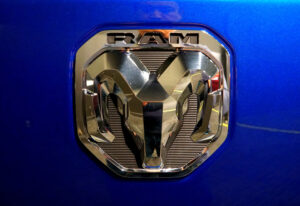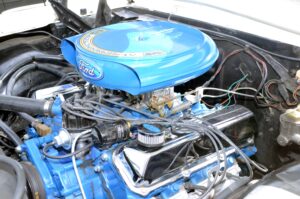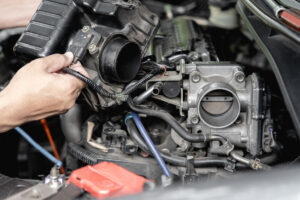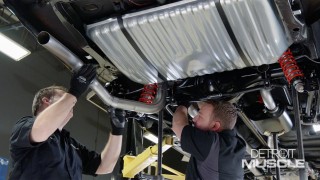Why Ford Brought Back The Pushrod For Its All-New 7.3L

View All Photos
Some think that Ford took a step back when they announced its new gasoline-powered, big pushrod 7.3-liter V8 motor that will soon power the new 2020 F-Series Super Duty trucks. The answer is fuel efficiency.
The pushrod V8 started in the 1930s, but Ford pulled the plug on them over 20 years ago. Production-wise, the only pushrod V8 that Ford still offers is the 6.7-liter Power Stroke diesel motor. Well, until now.
Road and Track talked to Joel Beltramo, the manager of V8 gas engines at Ford and he breaks down the reasoning behind this new, big gas motor.
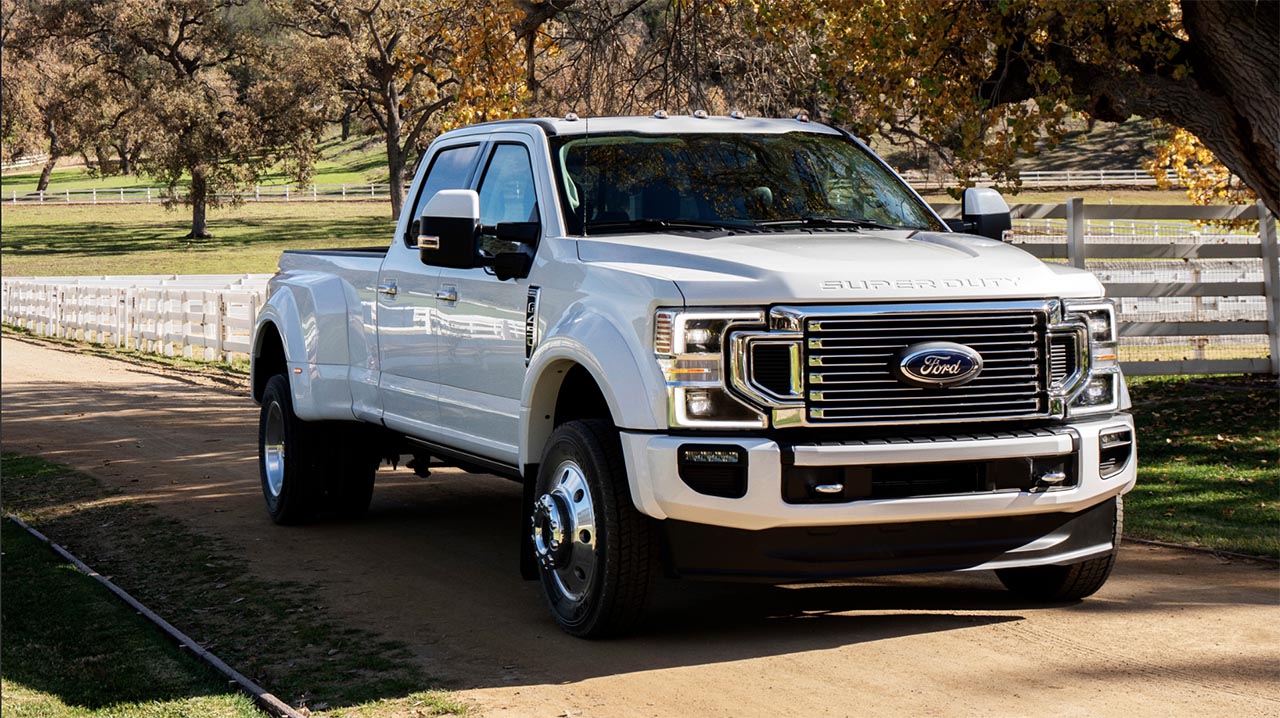
View All Photos
Not much continuous horsepower is used by vehicles with a gross vehicle weight rating (GVWR) of less than 8500 lbs. unless they are carrying, hauling, and/or towing. A vehicle that is above 14,000 GVWR, like the Ford Super Duty, means that the engine must operate at peak power and reach excellent air-fuel ratio (stoichiometric efficiency).
“We built a map of where an engine, can run stoichiometric air-fuel without a bunch of spark retard,” Beltramo said. “That led us to a torque-per-liter value and a power-per-liter value, [which] knowing that, boxed us to 7.3 liters.”
To come with up with a solution for a vehicle over 14,000-lbs, the 7.3-liter was generated to work at relatively low RPMs for fuel efficiency. It made sense with the creation of a pushrod two-valve, according to Beltramo. The Coyote 5.0-liter with an overhead-cam that powers the Mustang works best in the middle to top rev range, but something like that doesn’t make sense when hauling and towing big things, this is where an engine needs to work its best in the lower RPM range to conserve fuel.
“If you used [the 7.3-liter] in an F-150 or something, it would not return the kind of fuel economy at light load as some of our other engine offerings that we deploy in that vehicle,” Beltramo said. “There would be a hit for the displacement. But when you start talking about running day-in-day-out, at high weights…the displacement brings a big fuel-economy benefit.”
Other benefits include that this new iron-block is still similar to the 6.7-liter Power Stroke diesel so those working on one would still be familiar. It will be cheaper than the 6.7-liter Power Stroke and would make a great fleet vehicle. Also, it’s durable. With an iron-block, a forged steel crankshaft and oil jets to cool the pistons. That means less stuff to break. Shorter than the 6.8-liter that it is replacing, Beltram says there’s plenty of room for the 7.3-liter inside the engine bay with lots of cooling room. It will be shifted by a 10-speed automatic transmission enhanced for a heavy duty truck.
Want to read more articles like this?
Join the PowerNation Email NewsletterRead More from PowerNation
Video Player is loading.
Current Time 0:00
/
Duration 0:00
Loaded: 0%
Stream Type LIVE
Remaining Time -0:00
1x
- Chapters
- descriptions off, selected
- captions off, selected
This is a modal window.
